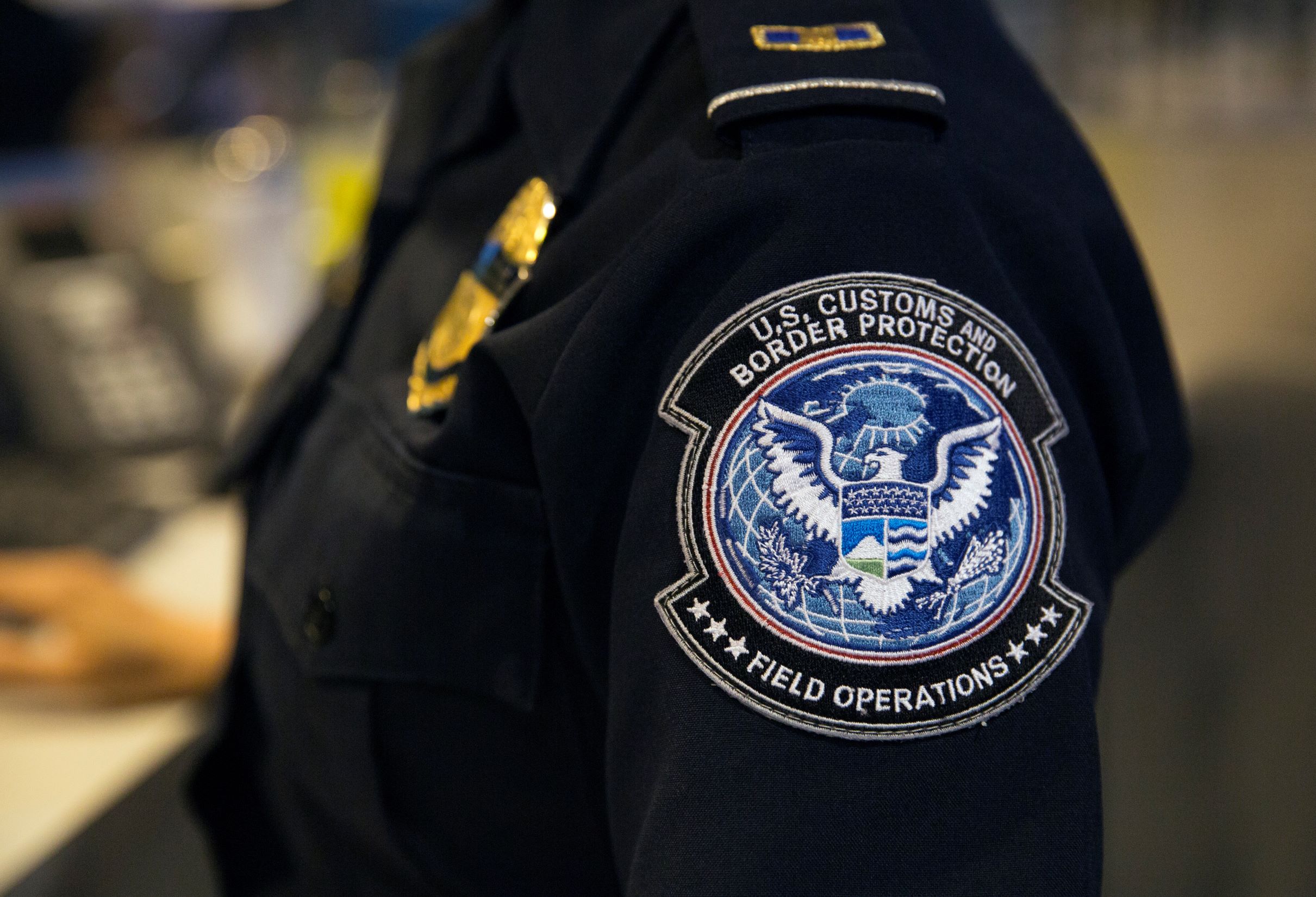WASHINGTON – Airports Council International – North America (ACI-NA), the trade association representing commercial service airports in the United States and Canada, today released a report on the economic value of U.S. Preclearance, a process in which customs, immigration, and other border functions of the U.S. Customs and Border Protection are utilized at foreign airports, including Canadian airports.
“Airports and governments have worked together for decades to improve the cross-border flow of travelers, and U.S. Preclearance serves as a model for expansion both in North America and around the world,” said Raleigh-Durham Airport Authority President and CEO Michael Landguth, who also serves as a liaison between the ACI-NA Board of Directors and ACI-NA’s Facilitation Committee. “This report confirms the immense benefits that come with expedited entrance into the U.S. from Canada. Preclearance supports long-term economic growth and investment in the regions where it has been implemented, enhances the passenger experience and creates new opportunities for airports.”
“Preclearance operations are not just a convenience for Canadians travelling to the United States. It is a catalyst that creates travel and tourism, investment and trade,” said Aéroports de Montréal President and CEO Philippe Rainville, who also chairs a committee of Canada’s largest airports, all of which offer Preclearance. “Air carriers build their schedules around the benefits of the service, moving travellers from Canadian hub airports into U.S. hub airports and beyond. Further, it provides access to regions of the United States that do not have U.S. CBP services, creating direct links between Canada and smaller communities in the United States.”
By facilitating the movement of travelers across the U.S.-Canada border, U.S. Preclearance benefits passengers, airports, airlines, and local economies. Key benefits include:
- Passengers:Reduced wait times for inspection and clearance, arrival in less congested arrival halls, and the elimination of the need to clear customs upon arrival, resulting in the ability to proceed directly to domestic connecting flights.
- Airports:New direct routes with competitive advantages for other U.S.-bound travelers, and greater gate availability with lower costs.
- Airlines:Access to less expensive U.S. domestic gates, more flexible arrival times, reduced penalties and costs associated with repatriation of inadmissible passengers, and the ability to establish new routes to desirable destinations.
- Local Economies: Employment and economic development through increased trade, attracting new businesses to the region, encouraging investment and creating jobs. Multiplier impacts vary state by state but could be upwards of 1.5-2 times the benefits in the surrounding community and economy. For example, daily year-round services from Canada on a 737 MAX generates 30-50 full-time equivalent jobs on site at the U.S. airport, on average, needed to service the aircraft, as well as the passengers and cargo onboard.
U.S. Preclearance is currently in effect at eight airports in Canada. In 2019, the eight U.S. Preclearance airports in Canada served 66 airports in the United States, processing just under 180,000 flights.
The report includes detailed case studies for the following U.S. cities: Dallas-Fort Worth, TX; Hartford, CT; Maui, HI; Miami, FL; Minneapolis, MN; Nashville, TN; New York, NY; Orange County, CA; Raleigh-Durham, NC; and San Jose, CA.
The full report is available here.
# # #

